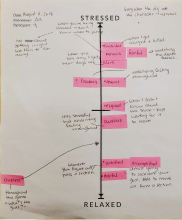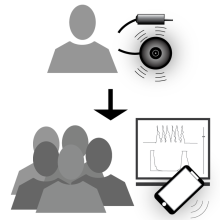Personalized Emotion Modelling from Affective Touch with Multimodal Support
We investigate how multipass emotion labelling protocols generate ecologically valid dynamic emotion transition labelling of affective touch behaviour (and other modalities).







